Courvoisiers law
This states that: in the presence of (obstructive)jaundice, if the gall Bladder is palpable, then the jaundice is unlikely to be due to gall stones. This is because the gall Bladder is usually shrunken and thick walled with gallstones and connot easily distend. There are two exceptions to this rule
1)A mirizzi syndrome, where a stone is lodged in Hartman’s pouch causeing intense inflamation in the region of Calots triangle and compressing the common hepatic duct, while also obstructing the gall bladder; this causes the gall Bladder to distend
2) Where there are 2 stones causing problems, one in the common bile duct, obstructing the flow of bile with consequent obstructive jaundice. Accompanying this is a synchronous stone obstructing the gall Bladder causing a mucocoele or empyema of the gall Bladder
Other Exceptions are: 1. Pancreatic calculus obstructing the ampulla of Vater. 2. Oriental cholangiohepatitis
Dictionary > Courvoisiers law
You will also like...
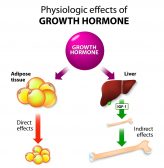
Animal Growth Hormones
Hormones are produced in the endocrine glands of animals. The pituitary gland and hypothalamus are the most impor..
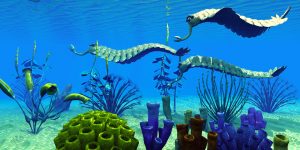
The Evolutionary Development of Multicellular Organisms
Multicellular organisms evolved. The first ones were likely in the form of sponges. Multicellularity led to the evolutio..
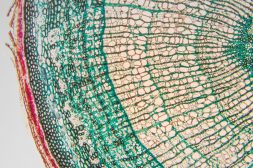
Plant Tissues
Plant organs are comprised of tissues working together for a common function. The different types of plant tissues are m..
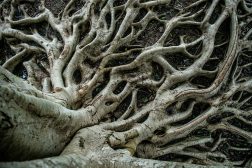
Roots
This study guide tackles plant roots in greater detail. It delves into the development of plant roots, the root structur..
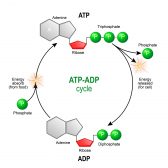
ATP & ADP – Biological Energy
ATP is the energy source that is typically used by an organism in its daily activities. The name is based on its structu..
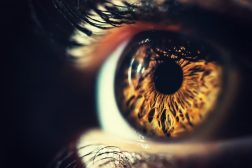
Human Perception – Neurology
This tutorial investigates perception as two people can interpret the same thing differently. Know more about human perc..

